Lovely Ladies with Lavish Coiffures
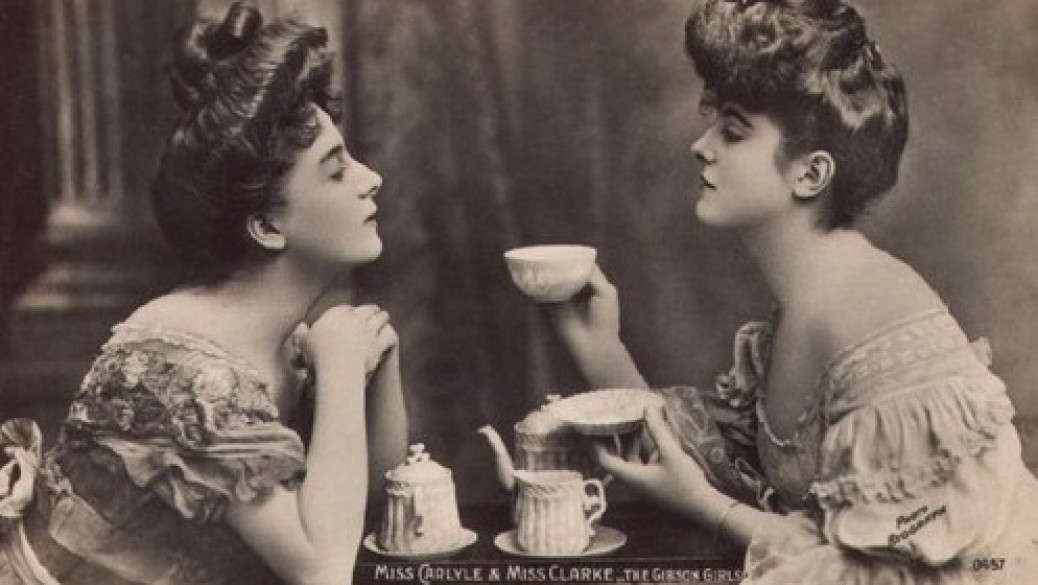
By Sally Norton. Published in the September/October 2016 issue of Finery.

Hair and hats were an important feature in La Belle Époque, both on stage and off. The large hat, often with up-turned brim, sat forward on the coiffure, emphasizing the extraordinary forward tilt of the early 1900s woman. The hat, an increasingly elaborate affair, could be an inconvenience at the theatre or in church, but looked wonderful on stage and in a photograph.
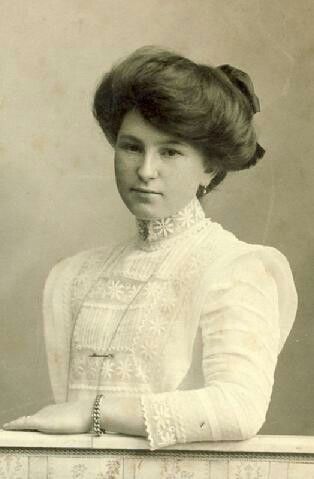
Hair in the 1890s began relatively simply, but waves and puffs increased throughout the decade, in a style generally called Pompadour, recalling the fashion of that eighteenth century lady. By 1900 the puffed and waved hair tended to be tilted forward over the forehead.
The coiffure began to fill out behind and at the sides until by 1908 it seemed to be sagging behind in loose folds and rolls. Women with naturally thick, wavy hair had a distinct advantage. The sale of hair extensions and additions made these popular styles possible for women with less than luxurious tresses.
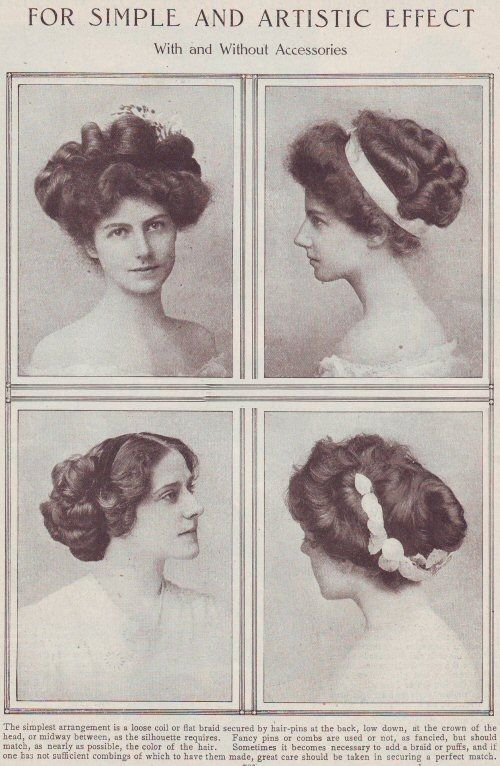
The ‘backward’ emphasis in hairstyles encouraged hair decoration with scarves, bandeau, garlands and Medieval-inspired headdresses. We also see popularity in society and theatre beauties photographed in profile.
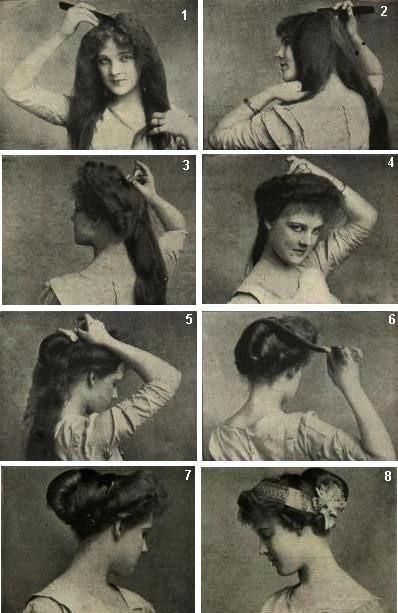
These hairstyles have a softness, almost an informality, that is distinct from previous decades in the 19th century. These styles suggest a playfulness that is hitherto unknown in ladies’ hairdressing. Change was inevitable as society and fashion reacted to WWI and the extreme changes in the post war years. Women entering educational institutions and the workforce needed adapted more practical hairstyles. However, the soft folds in the ‘backward’ styles remained a staple for evening dress and continued to be worn into the early 1920s.
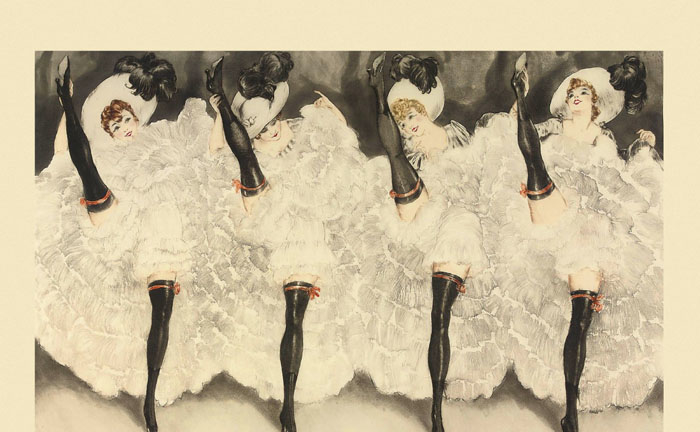
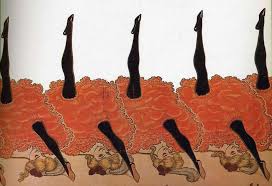
Angela
I have long hair that I set after washing using pin curls that I sleep in just as ladies of the past did, a skill lost through the countless generations that were taught by their mothers how to style their hair. I can then style it anyway I want for days without having to restyle it. Having long luscious hair is far easier than shorter modern hairstyles. Whatever style takes my fancy for the day, I can create, whether it be a beautiful 1810 regency updo, a luscious La Belle Epoque pompadour or a 1960s beehive, it is not only easier but a lot of fun, Women of the past were beautiful – they cared for their skin by protecting it and their hair by leaving it long. I was definitely born in the wrong era…1970 instead of 1770…oh well, at least we have the internet and can learn so much about the past within a few clicks.